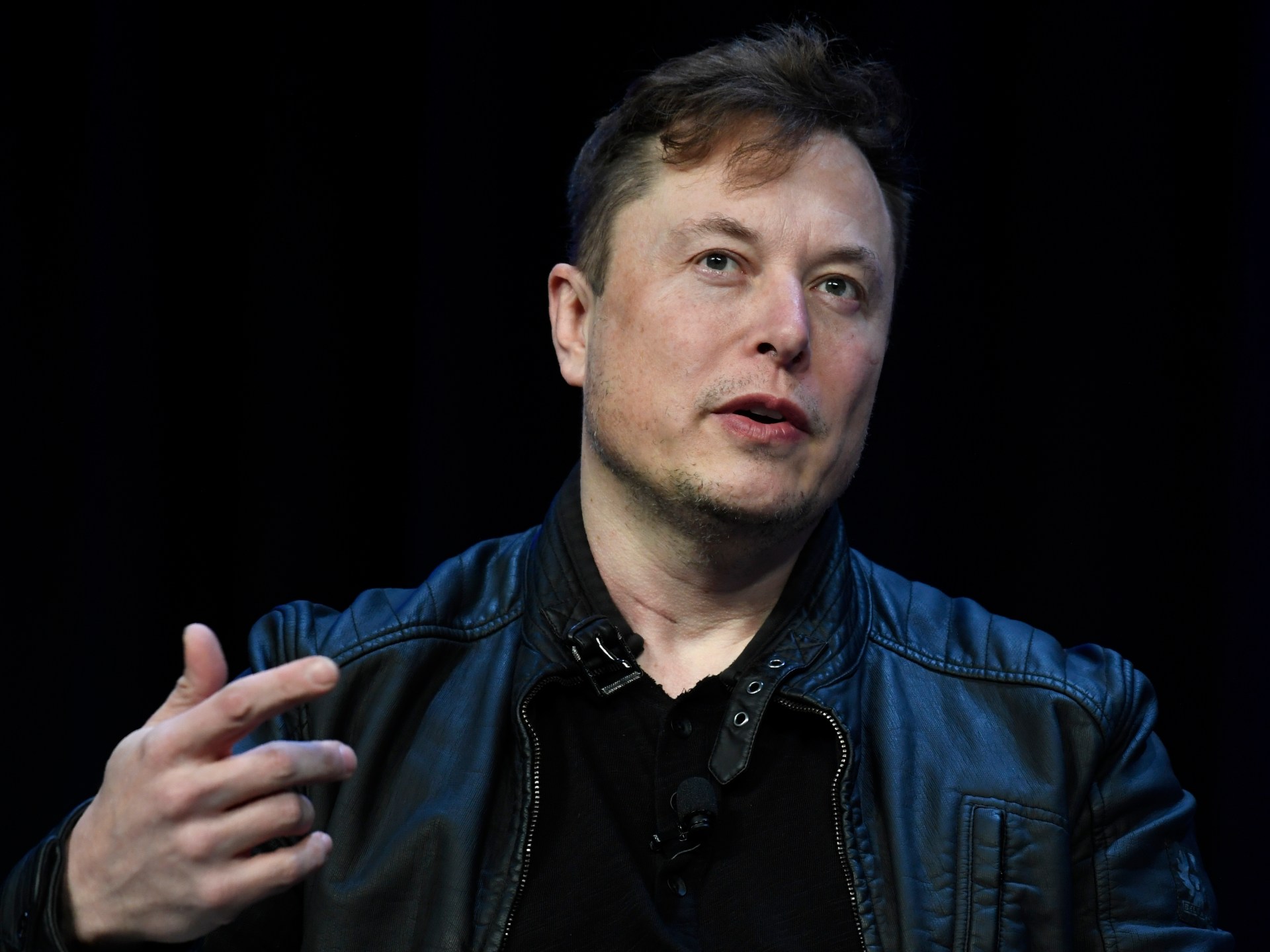Will Elon Musk really put X behind a paywall?
Sunnyvale, California, US – Elon Musk, the owner of X, the social media platform formerly known as Twitter, has said that the company will start charging people “a small monthly payment” to use the service.
“It’s the only way I can think of to combat vast armies of bots,” Musk told Israeli Prime Minister Benjamin Netanyahu in a live conversation that was streamed on the platform on Monday.
Musk did not specify details such as how much X plans to charge or when the plan would go into effect. The social media company did not respond to a request for comment from Al Jazeera.
Since he bought the platform for $44bn last year, Musk, who is the world’s richest man, has made a lot of changes to the platform including letting anyone pay to buy verified check marks, and reversing the ban on former US President Donald Trump. But putting the entire social network behind a paywall would be his most drastic move so far.
Bots are automated accounts that can be used for good things, such as broadcasting earthquake or weather alerts. But bad actors can also use them for malicious purposes, such as unleashing hate speech, and targeting adversaries with trolls and spam.
In theory, requiring payment to use X would make running bot armies financially unfeasible.
“The logic and the principle of the idea is not a bad one,” said social media consultant and analyst Matt Navarra. “I think if a significant number of people are willing to pony up for a subscription, it will have a potential positive impact in reducing bots and spam accounts. But that’s a big ‘if’. I am not convinced that enough people will do so and I highly doubt that he can entice enough people to part with their money.”
X is already struggling to get people to pay for X Premium, the company’s existing subscription plan that offers verified check marks and the ability to edit posts for $8 a month in the US.
According to Musk, the platform has more than 550 million monthly users. But a report published in Mashable last month revealed that only a fraction of those — 94,000 — signed up for X Premium between July 1 and August 10.
Malicious bots are a menace on every major social media platform. But most companies, including Meta’s Facebook and Google’s YouTube, have chosen technical solutions like machine learning, artificial intelligence (AI), and content moderation systems to pinpoint them rather than charging people – as did X under its previous management.
In 2021, Twitter’s site integrity team said that it flagged between five and 10 million malicious bots a week using machine learning and training algorithms to recognise activity patterns. Musk fired the team as part of mass-scale company-wide layoffs last year after buying Twitter.
‘Defeat the spam bots’
Musk’s war on X’s bots is long-standing. “We will defeat the spam bots or die trying!” the billionaire declared when he was in the process of buying the service.
In May 2022, Twitter estimated that bots and spam accounts formed fewer than 5 percent of its monetisable daily users in a filing with the US Securities and Exchange Commission. Shortly afterwards, Musk tweeted that the deal was “temporarily on hold” and demanded independent analysis to prove that number.
Earlier this year, X killed off a bunch of useful bots on the service by requiring them to pay for access to data that these bots required to tweet automatically.
“He has clearly wedded himself to the problem from the very beginning,” Navarra said. “He will now need to keep sticking with his line and provide a solution to something he has spotlighted on a platform that he is now the owner of.”
This also isn’t the first time that Musk has discussed putting the entire platform behind a paywall. Musk and other X executives had reportedly considered the idea around the end of last year. One of the plans Musk discussed at the time was limiting the amount of time people could use the service for free before requiring a subscription.
It’s unclear whether Musk expects any potential revenue generated from putting X behind a paywall entirely to make up for what he said was a 60 percent drop in ad sales this year.
‘Devastating for brands’
Other experts question what creating a paywall for X, a platform that was almost entirely supported by advertisers so far, would mean for its future.
“If X went behind a paywall, there would likely be a huge shift in the demographic that makes up the platform,” said social media consultant Rachel Karten. “It would be potentially devastating for brands, because brands go where people — specifically, where their current and future customers — are.”
Requiring people to pay for the privilege of simply using the service to get rid of bots would risk causing many to stop using X altogether. Such a move would give pause to advertisers, who are Twitter’s main customers, thinks Karten.
“Would there be enough current and potential customers for it to make sense for brands to put significant resources into being active on the platform?” she asked. “Would brands feel comfortable paying to be on the platform? It’s unclear!”
Putting X behind a paywall, said Karten, would force a decision: “You’re either on it or not.”




